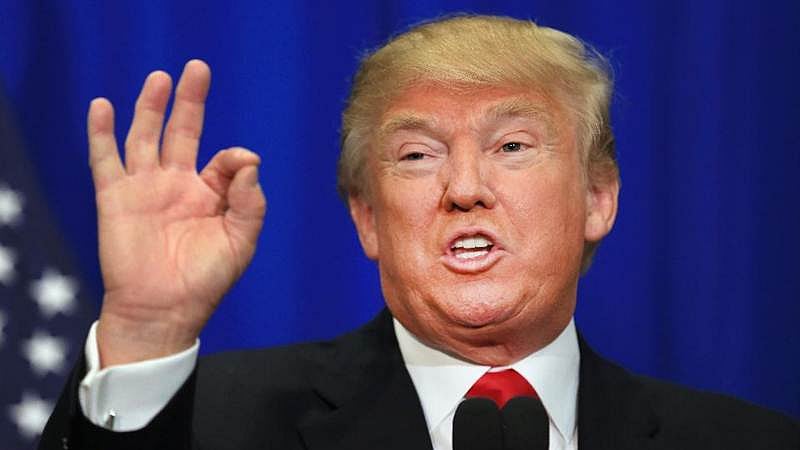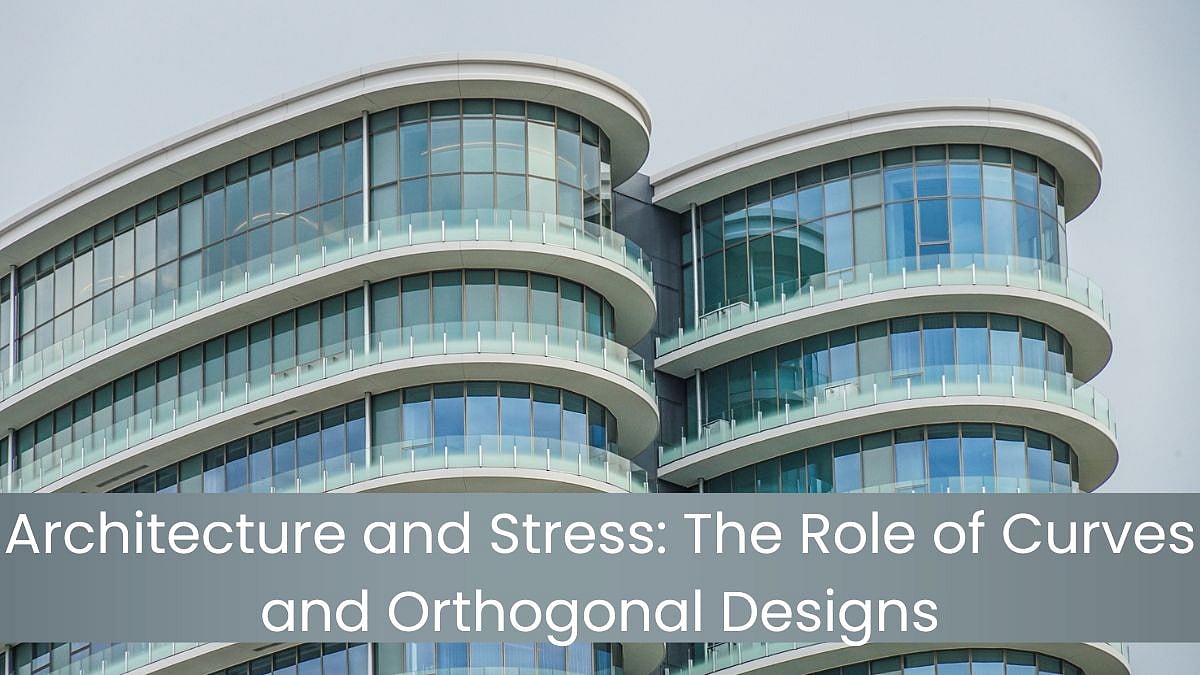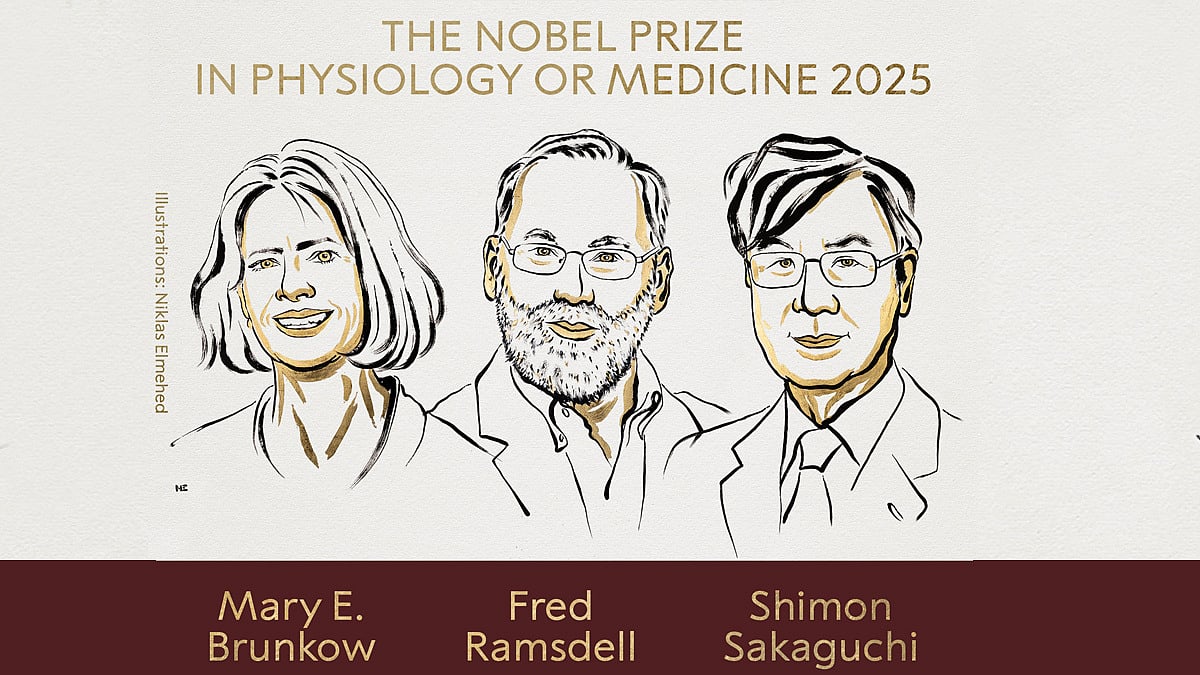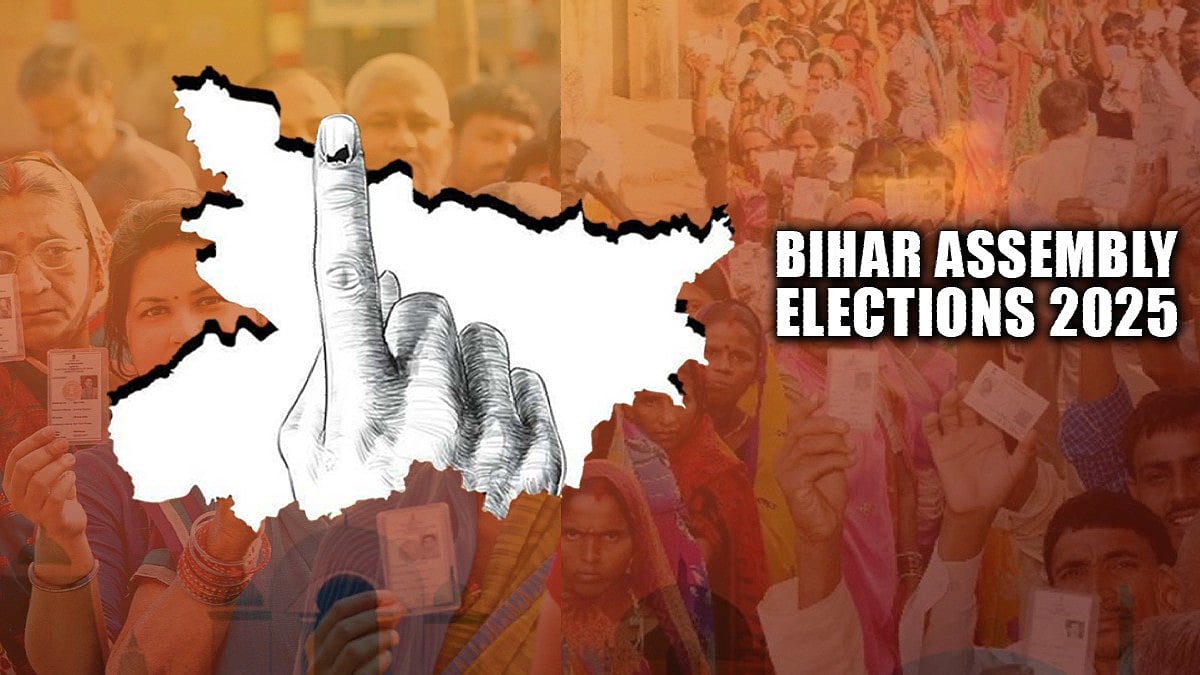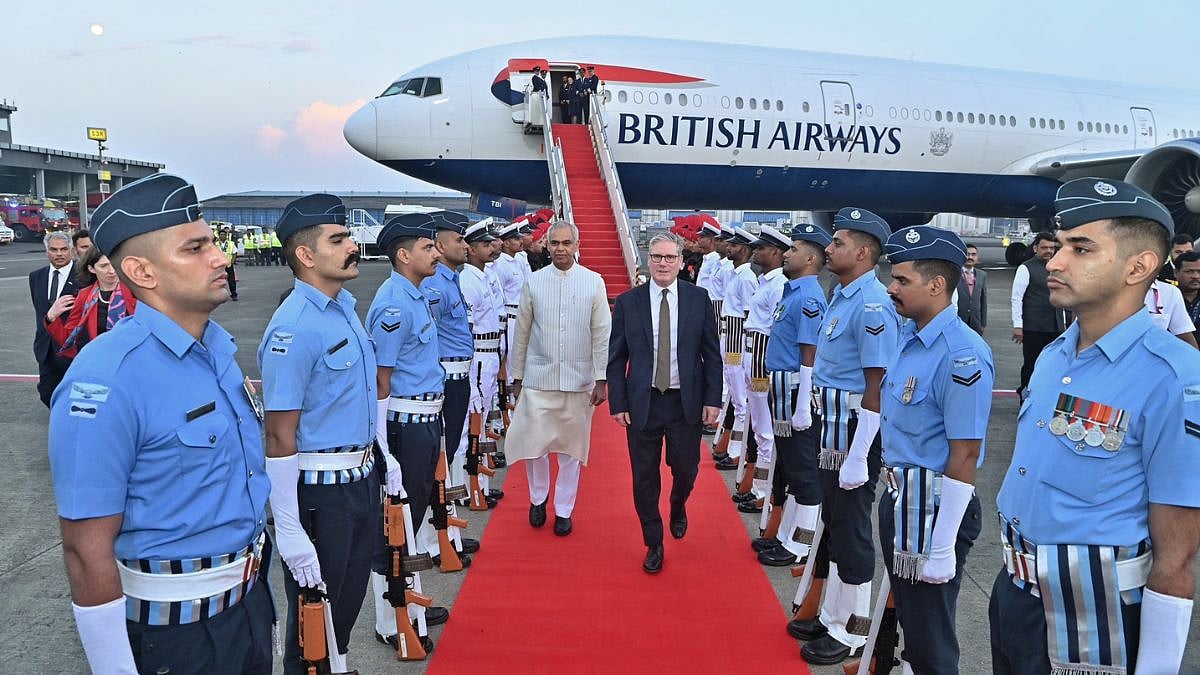Two parallel “ultra nationalism” narratives are running in India and the US, driving a wedge between communities and compatriots. However, in the US, enlightened citizens, powerful media houses, governors, judges and even Hollywood celebrities have publicly slammed the President for his polarising policy initiatives and none, mind you, has dubbed them “anti-nationals” or traitors out to divide the country; a salute to America’s vibrant, inclusive democracy and robust institutional framework.
In just four months into Donald Trump’s ascension to White House, at least two Indians have been killed and two injured in hate crimes in California, Kansas, South Carolina and Kent. This is not the first time that Indians have been targeted in the US. However, the Southern Poverty Law Center, a leading monitor of hate crime in the US, has reported that America has been witnessing a surge in hate crimes after Trump became the President. Trump’s “Buy American, Hire American” campaign and visa curbs have also hit the Indians hardest. Absurd as it is, many Indians, especially of the Right-wing persuasion, have been Trump’s cheerleaders because they simply love his divisive agenda. In Delhi, activists of Hindu Sena, a far right outfit, had performed a havan (a ritual invoking God’s blessings) for Trump’s victory and burnt Hillary Clinton’s posters “because she is secular”. After Trump was elected, an elated Vishnu Gupta, chief of Hindu Sena, told media persons inter alia that: “Now only God can help Pakistan. India will have the support of US in our efforts (sic) against terrorists….”
Incidentally, Gupta’s Hindu Sena had acquired notoriety in October 2015 when Delhi police, on a false complaint by him, raided Kerala House to find out if beef was served in its kitchen. Though the incident kicked up a huge row, swift police action revealed his connections at high places. Today, the Sena is mum when Indians have become targets of pernicious jingoism spawned by “Trumpism”.
Two parallel “ultra nationalism” narratives are running in India and the US, driving a wedge between communities and compatriots. However, in the US, enlightened citizens, powerful media houses, governors, judges and even Hollywood celebrities have publicly slammed the President for his polarising policy initiatives and none, mind you, has dubbed them “anti-nationals” or traitors out to divide the country; a salute to America’s vibrant, inclusive democracy and robust institutional framework.
The Indian situation, though, is not comparable to that of the US what is worrying is that our campuses are fast becoming launch pads of intolerance, hatred and division. How come universities across the country have become “den of anti-nationals” only after 2014? “A coalition of subversives”, to borrow finance minister Arun Jaitley’s jargon. In the last two years, premier institutions like the JNU, Hyderabad and Jadavpur varsities and campuses in Delhi (the latest being Ramjas College) have witnessed nasty attempts to muffle free speech and impose cultural dominion.
Recently, the face-off between the nationalists and anti-nationals turned ugly in Ramjas College so much so that Gurmehar Kaur, a 21-year-old student of Lady Shri Ram College and daughter of a martyr, was threatened with rape for expressing a view point. She was trolled by right wing cyber armies and some even posted a fake video on social media to besmirch her image. Her father, Mandeep Singh, had killed 26 terrorists before falling prey to enemy bullets in 1999; she is now required to acquire a certificate of patriotism from ABVP. Her crime? Making an “unpalatable” observation; “Pakistan did not kill my dad, war killed him.” The contractors of patriotism including union minister Kiren Rijiju did not take her “audacity” kindly. The minister went to the extent of saying that Gurmehar’s mind was “polluted”. In a mild snub, her mother clarified that Gurmehar’s comment should be seen in a “larger perspective”. What she wanted to say was that war always brings destruction. “I never wanted her to look at people of Pakistan or any other country with hatred. Situations make people kill each other during a war,” said the martyr’s widow. The same minister, had in November last, made the controversial comment that “the habit of raising doubts, questioning the authorities and police should stop.”
Gurmehar is an English literature student while JNU students booked for sedition last year – Kanhaiya Kumar is doing PhD in African studies, Umar Khalid is reading for MPhil modern history and Anirban Bhattacharya is research scholar in history. Is there a connection between their non-conformity, intellectualism and anti-establishment mindset and their course material? Arguing that campuses should be “insulated from political activism, not politics”, BJP-backed Rajya Sabha MP Swapan Dasgupta in a recent column in The Pioneer betrayed unease over the possibility of Left acquiring control over the “humanities and social science” departments. Conversely, there is another perception that in India engineers, doctors and IT professionals form bulk of the right wingers backing BJP.
Two European social scientists – Diego Gambetta and German Steffen who co-authored the book: Engineers of Jihad: The Curious Connection between Violent Extremism and Education – have propounded a thesis backed by data that disproportionate share of Islamist radicals come from an engineering background. They also found “that right-wing and Islamist extremism have more in common than either with left-wing extremism” voguish with students of social sciences and humanities.
The authors concluded that engineers, who “show a preference for authoritarian systems” are more prominent among the right than among the left” and that they were more ideologically committed than the lawyers as a professional group. “Engineers have also been disproportionately prominent on the Western right-wing fringe from the earliest days of the Nazi party..,” Hertog averred citing their obsession with “purity (religious, racial, cultural), xenophobia, fascination with a mythical past and belief in brute force.”
On the other hand humanities and social science grads were drawn to left-wing radicalism – for instance the Baader-Meinhof group in Germany, the Red Brigades in Italy and left groups in the Americas as well as South Asia. According to them: “Students of the humanities, like those of the pure sciences, tend to have more sophisticated and less closed views of knowledge than do students in engineering… Scientists learn to ask questions, while engineering students, like followers of text-based religions, rely more strongly on answers that have already been given”.
The author is an independent journalist.
